July 28, 2014
 The research on child abuse and neglect continues to develop every year. The Institute of Medicine (IOM) and National Research Council (NRC) recently released an update to a 1993 report on the state of child welfare research. The new report, New Directions in Child Abuse and Neglect Research, focuses on child abuse and neglect as a serious public health issue and examines the research advances over the last 20 years, as well as remaining gaps in knowledge.
The research on child abuse and neglect continues to develop every year. The Institute of Medicine (IOM) and National Research Council (NRC) recently released an update to a 1993 report on the state of child welfare research. The new report, New Directions in Child Abuse and Neglect Research, focuses on child abuse and neglect as a serious public health issue and examines the research advances over the last 20 years, as well as remaining gaps in knowledge.
A great infographic summarizing the report can be found here. Here are the key points from a recent report webinar:
- Neurological development is a new area of research that has blossomed in recent years. Child abuse and neglect can literally change parts of a child’s brain and its functioning, especially if the abuse occurs during certain critical periods, is severe and lasts a long time. Researchers noted some children fare better than others as a result of differences in resilience. SCAN is working to build resilience in children and families throughout Northern Virginia through our Kids Need Connections efforts.
- Researchers noted that physical abuse and sexual abuse have fallen considerably over the last two decades, but there is no evidence of a decline in neglect. Why are different types of abuse and neglect following different patterns? The researchers called for more long-term research to figure out why this trend is developing and how we can reduce neglect more effectively.
- Over last 20 years, we’ve learned a great deal more about promising programs to help prevent abuse and neglect. Approaches like early home visiting, parenting programs and public awareness campaigns can all make a difference. We’ve also learned more about how to respond to abuse victims, such as with trauma-focused therapies and practice.
- From a policy perspective, many child abuse and neglect laws are not based on research and little evaluation has been done on the impact of policies like differential response, mandated reporter changes and safe haven laws. The report identifies four areas to look to in developing a coordinated research approach: a national strategic plan, a national surveillance system, a new generation of researchers, and changes in federal and state programmatic and policy response. The researchers also outline questions to guide future research.
While the report perhaps raises as many questions as it answers, SCAN is thrilled to see the continued progress of child abuse and neglect research, and we look forward to continue using the results to guide our work with children, families and communities moving forward.
– Lindsay Ferrer
